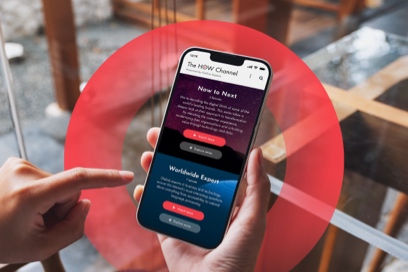It takes a lot to market, sell, and get products into the hands of customers. Marketing targets and captures customers through relevant advertising and outreach. Digital shapes the user experience and manages the data that underpins those campaigns. Technology manages the e- commerce platform. Customer services handles customer queries and aims to improve satisfaction. Supply chain gets the products where they need to go. But does each entity know what the other is doing?
When these efforts happen in silos, there is no single picture of problems to solve or opportunities to seize. For instance, if marketing runs a promotion in collaboration with the supply chain team, they’ll be ready to handle a spike in volume. If the logistics team informs customer service if there’s a break in the supply chain, they can be ready to field questions and appease customers who may not have received the product they ordered. Or if a high percentage of customers from a certain region browse a particular product or style, the company can ensure the right products are in stock at brick-and-mortar retailers.
In today’s competitive landscape, businesses must do all that they can to earn loyalty and deliver exceptional experiences. A customer data platform (CDP) allows a business to better target marketing activities across channels and share actionable intelligence throughout the enterprise.













